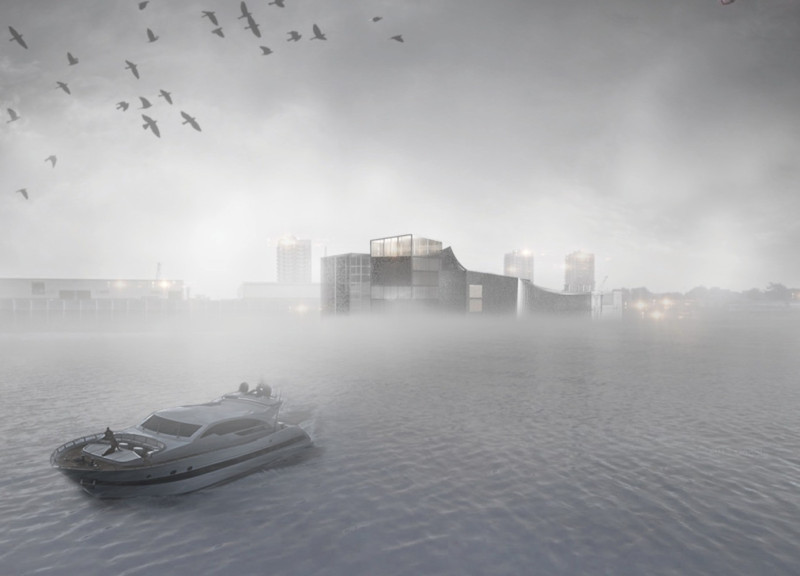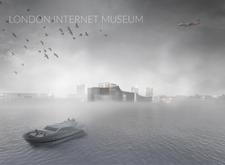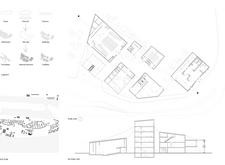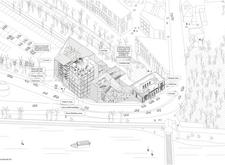5 key facts about this project
### Project Overview
The London Internet Museum is located in London and is designed to commemorate the history and advancements in internet technology. This facility serves as an educational hub and integrates contemporary architecture with sustainable practices, reflecting the dynamic nature of digital communication and connectivity.
### Spatial Strategy and Design Elements
Comprising seven interconnected structures, the museum utilizes a central circulatory membrane to unify the different functions while promoting natural airflow. Each building within the complex is dedicated to specific uses, including exhibition spaces for interactive displays, classrooms and IT suites for educational purposes, and communal areas such as a café and meeting rooms. The layout encourages exploration and collaboration, emphasizing the connective qualities inherent in the internet.
### Materiality and Environmental Considerations
The selection of materials for the museum prioritizes sustainability and modern design. Reinforced concrete provides structural stability, while glass façades enhance natural light and create a sense of openness. A metal mesh element adds texture and allows for airflow, embodying the digital essence of the internet. Additionally, the design incorporates green roof systems for improved insulation and biodiversity, natural ventilation to reduce mechanical system reliance, and solar panels to harness renewable energy. Rainwater harvesting systems further align with the museum’s commitment to environmental stewardship.






















































